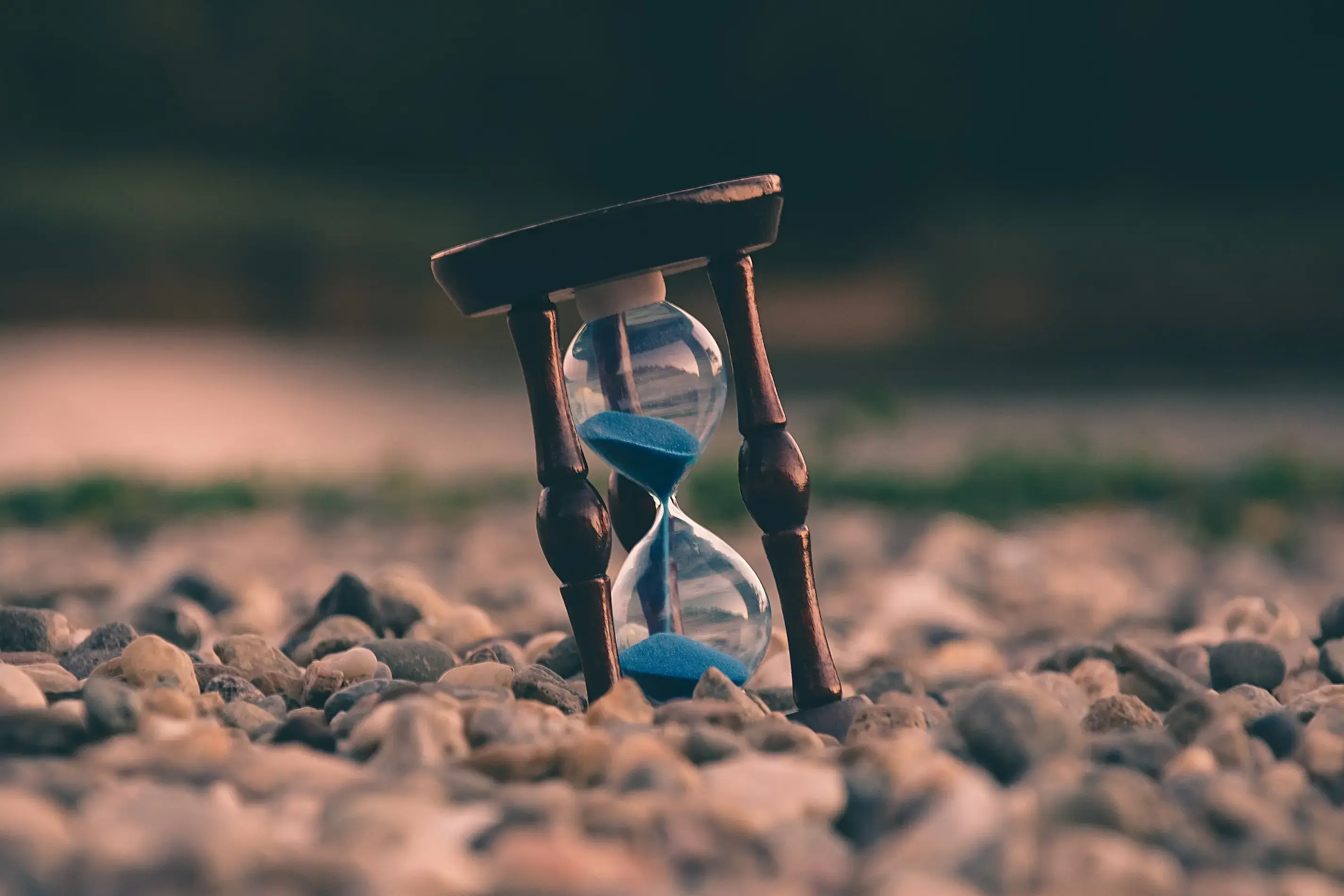There may not be a larger, more persistent constraint in design than the notion of time. Time haunts us with its impact on our projects. There exists a constant struggle to come to terms with the fact that time is never going to be on our side. How often do we find ourselves saying, “If only I had more time…”?
One of the primary effects of time on design is its ability to force a result. The limiting nature of time forces us to be persistent and show progress. Yet persistence and progress are important parts of creating meaningful work. Designers need to focus on how to best use time we’re allotted because we don’t seem to notice just how beneficial time can be when it’s limited.
The following three practices can always help in delivering a successful design. They add clarity to your work but are especially valuable in the sense that they don’t require a massive amount of time in the design process.
The grid
A grid can be constructed promptly and is very flexible in solving our visual design goals. Grids allow us to control the proximity of elements, therefore providing balance, arrangement and other visual suggestion to users. For a user, this can make a design attractive. How attractive something is, regardless of its usability, will inevitably leave a positive impression on users. This is loosely derived from a principle known as the aesthetic-usability effect. Content is an important driver in design but the grid assists in providing clarity and consistency in digesting content.
Design patterns
The ability to dictate color, shape, size and behavior of elements means we can create design patterns that are easy to repeat, and assist the user in interacting with and understanding a design. Our ability to quickly reuse patterns saves us time in the design process. Remember that users are humans – they’re creatures of habit. Patterns allow users to become easily acclimated to a design. Patterns will also allow users to manufacture habits of interaction and recognition.
Consistency
Reuse core interactions in a design’s micro experiences. This will build consistency in a design and can increase users’ engagement and comfort. Where patterns allow for habitual experiences, consistency allows for predictability, smoothness and comfort in experiences. Consistency will not only keep your users happy but will often encourage them to represent your experience to others in a positive light.
The next time you find your time is limited, play to the advantage of the user by focusing on practices like these that help maintain quality and focus and directly impact your users’ experiences. Your end result will be more likely to satisfy the goals you’ve set within the limited time you have.


